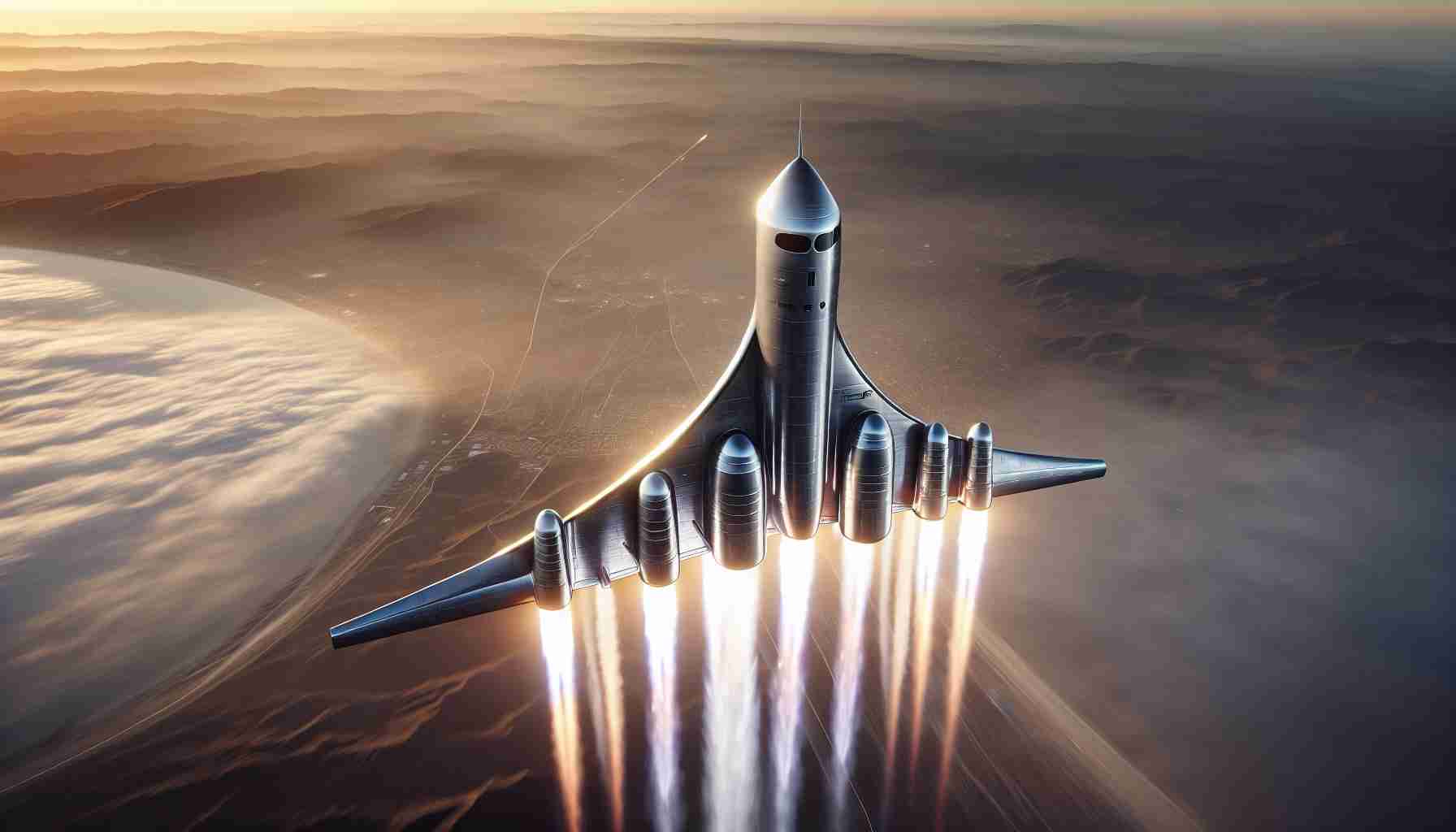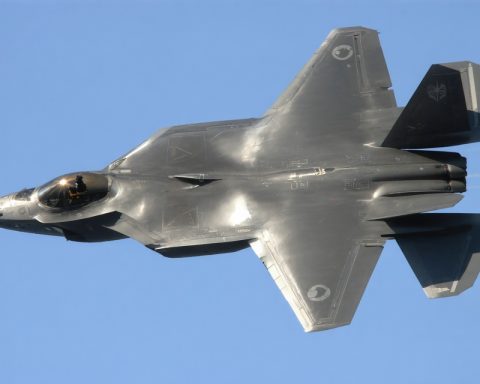The Revolutionary X-15 Rocket Plane: Changing the Course of Aerospace
In October 1967, the remarkable X-15A-2, piloted by William “Pete” Knight, set an unprecedented speed record, zooming through the atmosphere at Mach 6.7, an astonishing 5,140 miles per hour, at an altitude of 102,000 feet. This was not an isolated achievement, but part of a groundbreaking series of experiments in aerospace.
The X-15 program, spanning from 1959 to 1968, was a pivotal period for hypersonic and space flight, with a total of 199 daring missions. During these ventures, the aircraft explored the frontiers of speed and high-altitude flight. It wasn’t just any plane; it was a technological marvel carried by a B-52 Stratofortress and powered by the XLR99 rocket engine. This engine roared to life for less than two minutes but delivered a colossal 70,400 pounds of thrust.
Beyond a Tactical Tool, a Technological Pioneer
Though the X-15 itself wasn’t designed as a tactical aircraft, its impact on modern aviation is profound. Tests performed with the X-15 advanced the understanding and development of aerospace materials, re-entry techniques, and the practical use of full-pressure suits for pilot safety.
The lessons learned from the X-15 continue to influence present-day aerospace projects, with the program’s contributions enduring in the fields of hypersonic tech and beyond. More than a half-century later, advancements driven by these early flights are vital to the future of both aviation and space exploration.
The Legacy of the X-15: A Catalyst for Modern Aerospace Innovations
The X-15 Rocket Plane program, a hallmark of aerospace history, not only shattered speed records but also became a vanguard that revolutionized the realm of aviation and space exploration. Far beyond its headline-making feats, such as William “Pete” Knight’s record-setting flight, the X-15’s influence permeates the foundation of today’s aeronautical technologies and methodologies.
Innovations and Technological Advancements
The X-15 Rocket Plane was more than just a high-speed aircraft; it was a pioneering laboratory for testing new and innovative technologies. A key development was the experimentation with hypersonic flights that provided insight into airflow behaviors at high speeds and altitudes. Such studies are critical as they enhance the designs of modern aircraft, particularly those for commercial space travel and military applications.
Materials Science Breakthroughs: The X-15’s fuselage and wings were constructed using cutting-edge materials to withstand extreme temperatures and pressures. These materials laid the groundwork for the advanced composites and heat-resistant alloys used in today’s aerospace vehicles.
Aerospace Safety Systems: The implementation of full-pressure suits and new pilot safety protocols during the X-15 flights revolutionized astronaut safety and comfort. These developments are integral to current astronaut gear, ensuring safe human spaceflight.
Current Market Relevance
The X-15 program’s legacy is evident in contemporary aerospace endeavors. Insights gained from the X-15 directly contributed to the development of the Space Shuttle program and continue to be relevant for modern enterprises like supersonic jet initiatives and space tourism ventures.
Market Trends: There is a resurging interest in hypersonic passenger travel and commercial space exploration, signaling a return to the principles refined during the X-15 era. Companies and governmental agencies are leveraging past insights to innovate next-generation aerospace solutions.
Sustainability and Efficiency: Modern aerospace projects emphasize the need for sustainable practices. Lessons learned regarding fuel efficiency and material durability from the X-15 program are pivotal in driving environmentally conscious designs today.
Predictions and Future Insights
As the aerospace field pushes towards commercial space travel and advanced high-speed flights, the principles tested by the X-15 are more relevant than ever. The exploration of low Earth orbit and beyond will heavily rely on propulsion systems, aerodynamics, and technologies first experimented with during the X-15 program stages. The foresight offered by this historic endeavor positions it as an everlasting catalyst for forward-thinking aerospace innovations.
For further exploration of the breakthroughs and ongoing developments in aerospace, visit NASA for extensive resources and updates on technological advancements.











